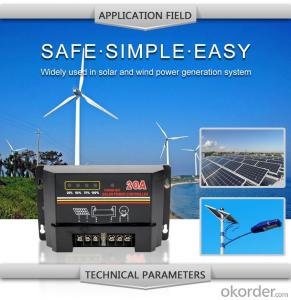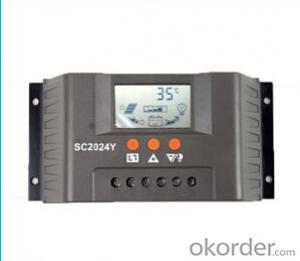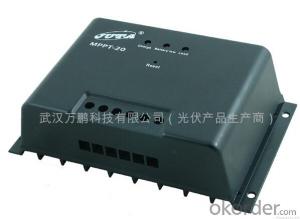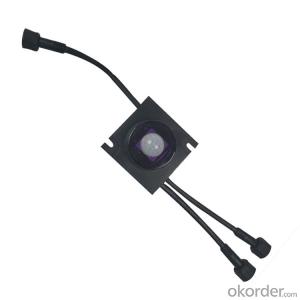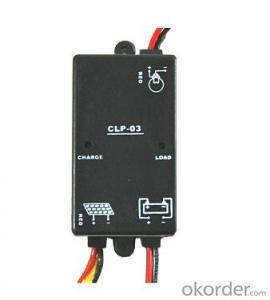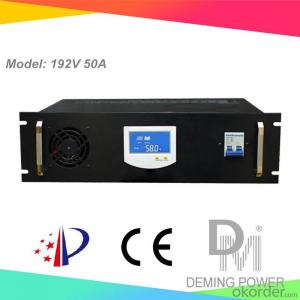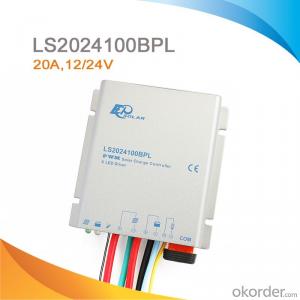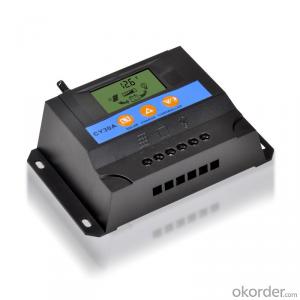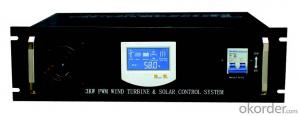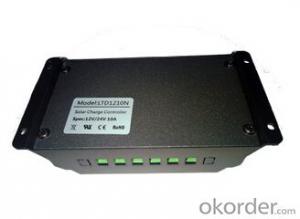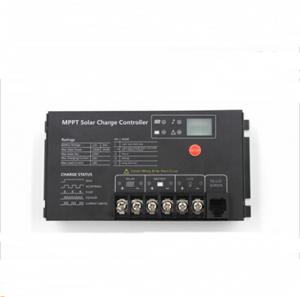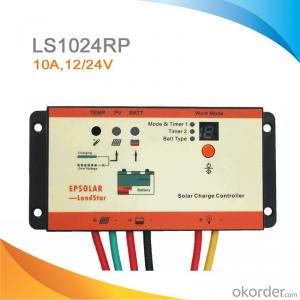All Categories
- - Steel Wire Rod
- - Steel Coils
- - Steel Profiles
- - Steel Pipes
- - Stainless Steel
- - Tinplate
- - Special Steel
- - Steel Sheets
- - Steel Rebars
- - Steel Strips
- - Hot Rolled Steel
- - Cold Rolled Steel
- - Pre-painted Steel
- - Seamless Steel Pipe
- - Welded Steel Pipe
- - Hollow Steel Tubes
- - Galvanized Pipe
- - Stainless Steel Coil
- - Stainless Steel Sheet
- - Stainless Steel Plate
- - Stainless Steel Strips
- - Electrolytic Tinplate Coil
- - Electrolytic Tinplate Sheet
- - Stainless Steel Rebars
- - Solar Panels
- - Solar Water Heater
- - Solar Related Products
- - Solar Inverter
- - Solar Cells
- - Solar Light
- - Solar Energy Systems
- - Solar Controllers
- - Solar Mounting System
- - Solar Pump
- - Solar Chargers
- - Fiberglass Chopped Strand
- - Fiberglass Mesh Cloth
- - Composite Pipes
- - FRP Pultrusion Profiles
- - Fiberglass Mat Tissue
- - Fiberglass Fabrics
- - Fiberglass Mesh
- - Composite Tank
- - Fiberglass Mesh tape
- - Polymer
- - FRP Roofing Panel
- - Fiberglass Roving
- - Monolithic Refractories
- - Ceramic Fiber Products
- - Refractory Bricks
- - Raw Materials For Refractory
- - Suspended Platform
- - Cranes
- - Concrete Machinery
- - Earthmoving Machinery
- - Building Hoist
- - Road Building Machinery
- - Plastic Pipe Fittings
- - Plastic Tubes
- - Plastic Sheets
- - Agricultural Plastic Products
- - Plastic Nets
 All Categories
All Categories
Q & A
How does a solar controller prevent reverse current flow?
A solar controller prevents reverse current flow by utilizing diodes which only allow current to flow in one direction, effectively blocking any backflow of current from the battery to the solar panel.
Can solar controllers be used for grid-tied solar panel systems?
No, solar controllers cannot be used for grid-tied solar panel systems. Grid-tied systems typically use inverters instead of solar controllers to convert the DC power generated by the solar panels into AC power that can be fed back into the electrical grid. Solar controllers are mainly used in off-grid systems to regulate and optimize the charging of batteries.
How does a solar controller handle battery health estimation algorithms?
A solar controller handles battery health estimation algorithms by monitoring various parameters such as voltage, current, temperature, and charging/discharging patterns. These algorithms analyze the data to determine the battery's state of health, including factors like capacity degradation, internal resistance, and overall performance. This information helps the solar controller optimize charging and discharging processes to maintain the battery's health and prolong its lifespan.
How do I connect a solar controller to a solar-powered hospital?
To connect a solar controller to a solar-powered hospital, you will need to follow these steps:
1. Identify the appropriate location for installing the solar controller. It should be placed in a secure and accessible area, preferably near the solar panels or the battery bank.
2. Ensure that all necessary equipment and components, including the solar controller, cables, connectors, and mounting brackets, are available and compatible with your system.
3. Begin by turning off the power supply to the hospital's electrical system to ensure safety during the installation process.
4. Connect the solar panels to the solar controller using appropriate cables and connectors. Ensure that the positive and negative terminals are correctly aligned.
5. Connect the battery bank to the solar controller, again using the proper cables and connectors. Take care to connect the positive and negative terminals accurately.
6. Double-check all connections to ensure they are secure and tightened properly.
7. Turn on the power supply to the hospital's electrical system and monitor the solar controller to ensure it is functioning correctly. Follow the manufacturer's instructions for any additional configuration or programming required.
8. Regularly inspect and maintain the solar controller to ensure optimal performance and troubleshoot any issues that may arise.
Remember, it is crucial to consult with a professional or an expert in solar installations to ensure that the process is performed correctly and safely, considering the specific requirements and regulations of your solar-powered hospital.
Wholesale Solar Controllers from supplier in Guyana
We are a Solar Controllers supplier serving the Guyana, mainly engaged in the sale, quotation, and technical support services of various Solar Controllers products in the Guyana region. We are a subsidiary platform of the Fortune Global 500 company CNBM, able to provide you with one-stop Solar Controllers procurement services in the Guyana. Not only do we have a wide range of Solar Controllers products, but after years of market development in the Guyana, we can also provide valuable experience for your projects.

